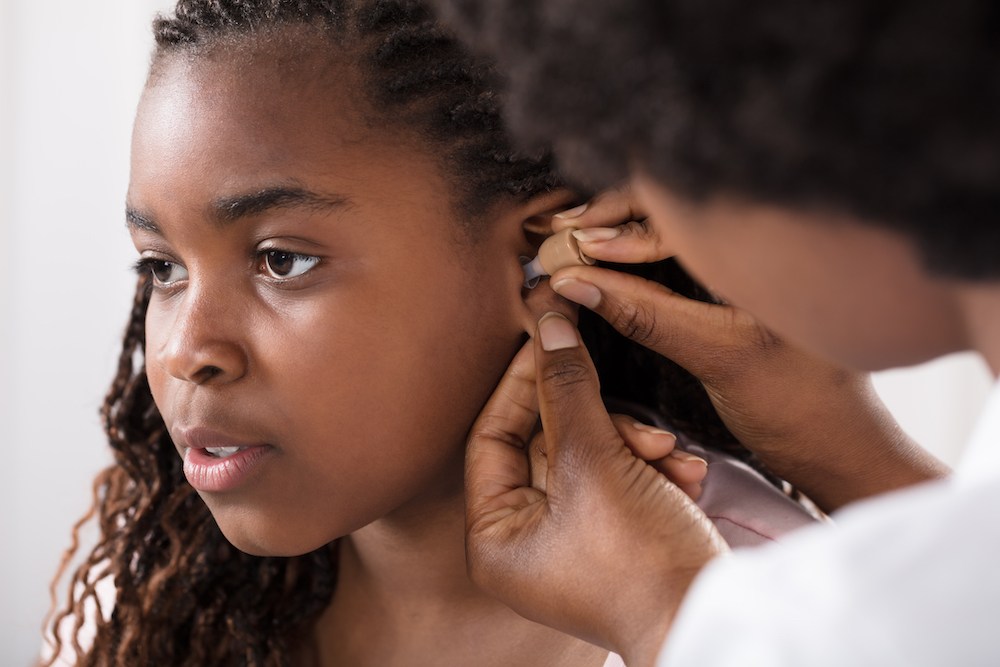The Connection Between Music and Hearing Protection
Do you find yourself listening to music often? Prolonged exposure to loud
Introducing Lenire, the latest in Tinnitus Treatment technology Learn More


Do you find yourself listening to music often? Prolonged exposure to loud

Your ability to hear is essential for connecting with the world, enabling

Although they are always being designed to be more reliable, sturdier and